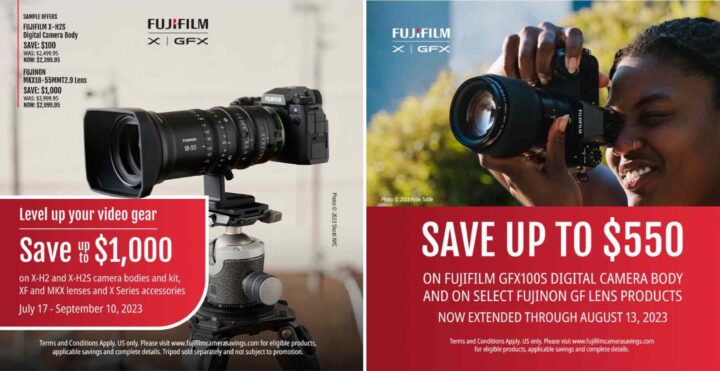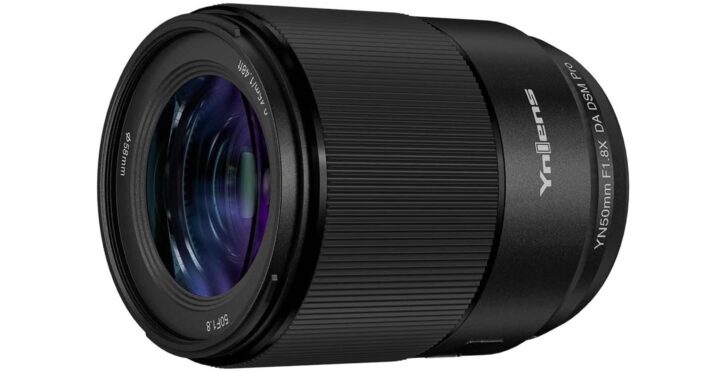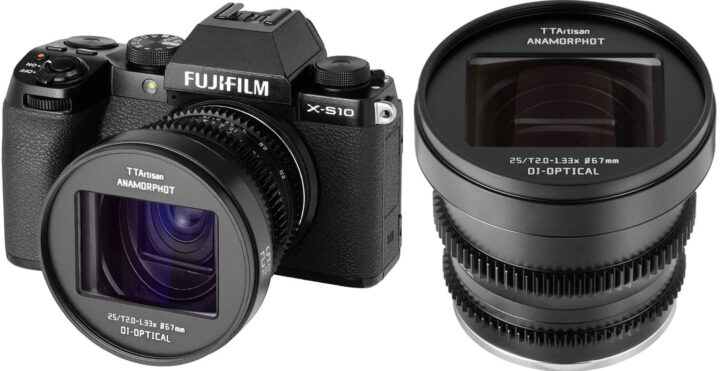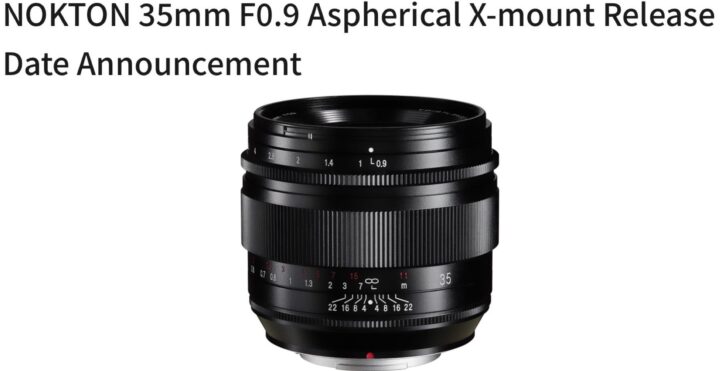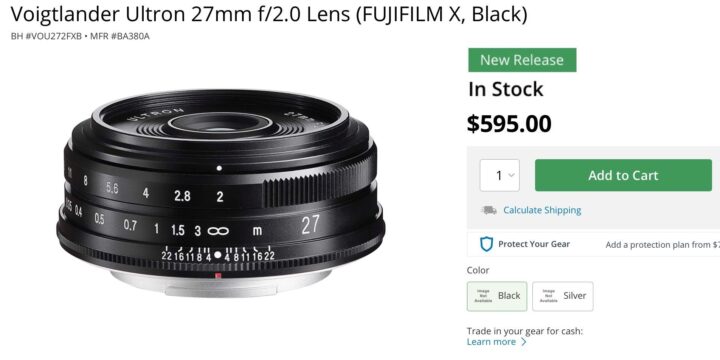Fujifilm GFX100S and GF Lens Deals Extended and up to $1,000 Savings on X Series Gear
The massive $3,500 rebate on the GFX100 ended. And also the GFX100S and GF lens deals were to end along with it, but Fujifilm decided to let them run for two more weeks.
GFX DEALS
- Fujifilm GFX100S – save $500
BHphoto / AmazonUS / Adorama / Moment - GF 50mm F3.5 – save $250
BHphoto / AmazonUS / Adorama - GF 80mmF1.7 – save $450
BHphoto / AmazonUS / Adorama / Moment - GF 110mm F2 – save $550
BHphoto / AmazonUS / Adorama - GF 32-64mmF4 – save $450
BHphoto / Adorama / AmazonUS - GF 35-70mmF4.5-5.6 – save $500
BHphoto / AmazonUS / Adorama / Moment - GF 45-100mmF4 – save $450
BHphoto / AmazonUS / Adorama - GF 100-200mm f/5.6 – save $400
BHphoto / AmazonUS / Adorama - GFX 50S II body – save $800
BHphoto / AmazonUS / Adorama / Moment - GFX 50S II w/ GF35-70 – save $800
BHphoto / AmazonUS / Adorama / Moment
X Series Deals
- Fujifilm FT-XH File Transmitter Grip – save $400
BHphoto / AmazonUS / Adorama - Fujifilm VG-XH – save $200
BHphoto / AmazonUS / Adorama - Fujifilm X-H2 (body only or with XF16-80mm) – save $100
BHphoto / AmazonUS / Adorama / Moment - Fujifilm X-H2s – save $100
BHphoto / AmazonUS / Adorama / Moment - XF 56mmF1.2 R – save $500
BHphoto / AmazonUS / Adorama - XF 16-55mmF2.8 – save $100
BHphoto, AmazonUS, Adorama, Focuscamera - XF 50-140mmF2.8 OIS WR – save $150
BHphoto / AmazonUS / Adorama - XF 18-120mm f/4 – save $200
BHphoto / AmazonUS / Adorama / Moment - 2.0x TeleConverter – save $100
BHphoto / AmazonUS / Adorama - 1.4x TeleConverter – save $100
BHphoto / AmazonUS / Adorama - MKX 18-55mm T2.9 – save $1,000
BHphoto / AmazonUS / Adorama - MKX 50-135mm T2.9 – save $1,000
BHphoto / AmazonUS / Adorama


